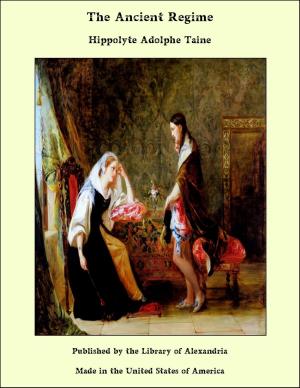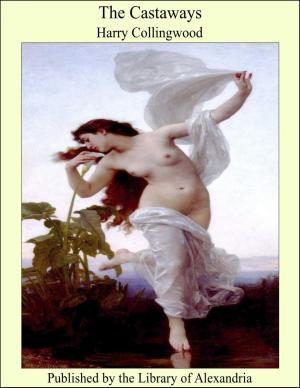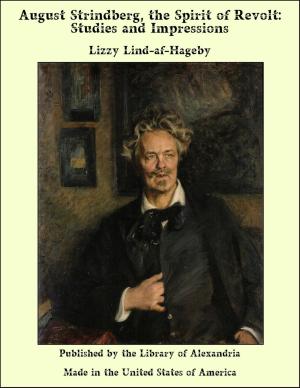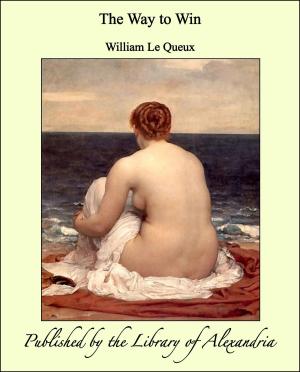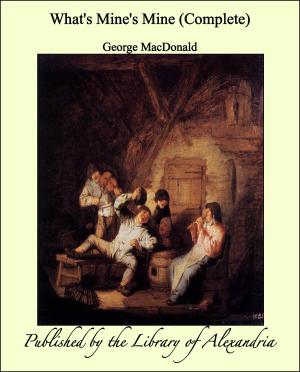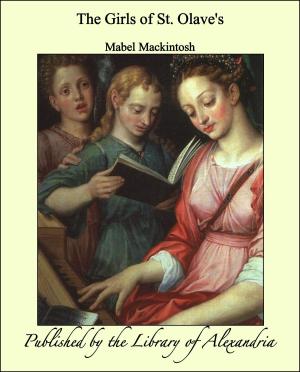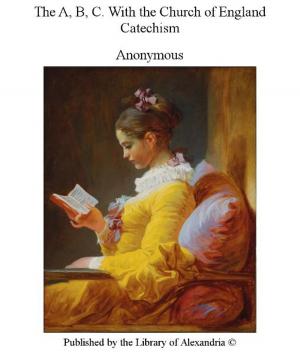Egyptian Tales Translated from the Papyri: IVth to XIXth dynasty
Nonfiction, Religion & Spirituality, New Age, History, Fiction & Literature| Author: | Sir William Matthew Flinders Petrie | ISBN: | 9781613102107 |
| Publisher: | Library of Alexandria | Publication: | March 8, 2015 |
| Imprint: | Language: | English |
| Author: | Sir William Matthew Flinders Petrie |
| ISBN: | 9781613102107 |
| Publisher: | Library of Alexandria |
| Publication: | March 8, 2015 |
| Imprint: | |
| Language: | English |
IT is strange that while literature occupies so much attention as at present, and while fiction is the largest division of our book-work, the oldest literature and fiction of the world should yet have remained unpresented to English readers. The tales of ancient Egypt have appeared collectively only in French, in the charming volume of Maspero's "Contes Populaires" ; while some have been translated into English at scattered times in volumes of the "Records of the Past." But research moves forward ; and translations that were excellent twenty years ago may now be largely improved, as we attain more insight into the language. For another reason also there is a wide ground for the present volume. In no case have any illustrations been attempted, to give that basis for imagination which is all the more needed when reading of an age and a land unfamiliar to our ideas. When following a narrative, whether of real events or of fiction, many persons—perhaps most—find themselves unconsciously framing in their minds the scenery and the beings of which they are reading. To give a correct picture of the character of each of the various ages to which these tales belong, has been the aim of the present illustrations. A definite period has been assigned to each tale, in accordance with the indications, or the history, involved in it; and, so far as our present knowledge goes, all the details of life in the scenes here illustrated are rendered in accord with the period of the story. To some purely scholastic minds it may seem presumptuous to intermingle translations of notable documents with fanciful illustrations. But, considering the greater precision with which in recent years we have been able to learn the changes and the fashions of ancient life in Egypt, and the essentially unhistorical nature of most of these tales, there seems ample reason to provide such material for the reader's imagination in following the stories; it may-give them more life and reality, and may emphasise the differences which existed between the different periods to which these tales refer. It will be noticed how the growth of the novel is shadowed out in the varied grounds and treatment of the tales. The earliest is purely a collection of marvels or fabulous incidents of the simplest kind. Then we advance to contrasts between town and country, between Egypt and foreign lands. Then personal adventure, and the interest in schemes and successes, becomes the staple material; while only in the later periods does character come in as the groundwork. The same may be seen in English literature—first the tales of wonders and strange lands, then the novel of adventure, and lastly the novel of character. In translating these documents into English I have freely used the various translations already published in other languages; but in all cases more or less revision and retranslation from the original has been made. In this matter I am indebted to Mr. F. LI. Griffith, who has in some cases—as in Anpu and Bata—almost entirely retranslated the original papyrus. The material followed in each instance will be found stated in the notes accompanying the tales.
IT is strange that while literature occupies so much attention as at present, and while fiction is the largest division of our book-work, the oldest literature and fiction of the world should yet have remained unpresented to English readers. The tales of ancient Egypt have appeared collectively only in French, in the charming volume of Maspero's "Contes Populaires" ; while some have been translated into English at scattered times in volumes of the "Records of the Past." But research moves forward ; and translations that were excellent twenty years ago may now be largely improved, as we attain more insight into the language. For another reason also there is a wide ground for the present volume. In no case have any illustrations been attempted, to give that basis for imagination which is all the more needed when reading of an age and a land unfamiliar to our ideas. When following a narrative, whether of real events or of fiction, many persons—perhaps most—find themselves unconsciously framing in their minds the scenery and the beings of which they are reading. To give a correct picture of the character of each of the various ages to which these tales belong, has been the aim of the present illustrations. A definite period has been assigned to each tale, in accordance with the indications, or the history, involved in it; and, so far as our present knowledge goes, all the details of life in the scenes here illustrated are rendered in accord with the period of the story. To some purely scholastic minds it may seem presumptuous to intermingle translations of notable documents with fanciful illustrations. But, considering the greater precision with which in recent years we have been able to learn the changes and the fashions of ancient life in Egypt, and the essentially unhistorical nature of most of these tales, there seems ample reason to provide such material for the reader's imagination in following the stories; it may-give them more life and reality, and may emphasise the differences which existed between the different periods to which these tales refer. It will be noticed how the growth of the novel is shadowed out in the varied grounds and treatment of the tales. The earliest is purely a collection of marvels or fabulous incidents of the simplest kind. Then we advance to contrasts between town and country, between Egypt and foreign lands. Then personal adventure, and the interest in schemes and successes, becomes the staple material; while only in the later periods does character come in as the groundwork. The same may be seen in English literature—first the tales of wonders and strange lands, then the novel of adventure, and lastly the novel of character. In translating these documents into English I have freely used the various translations already published in other languages; but in all cases more or less revision and retranslation from the original has been made. In this matter I am indebted to Mr. F. LI. Griffith, who has in some cases—as in Anpu and Bata—almost entirely retranslated the original papyrus. The material followed in each instance will be found stated in the notes accompanying the tales.





